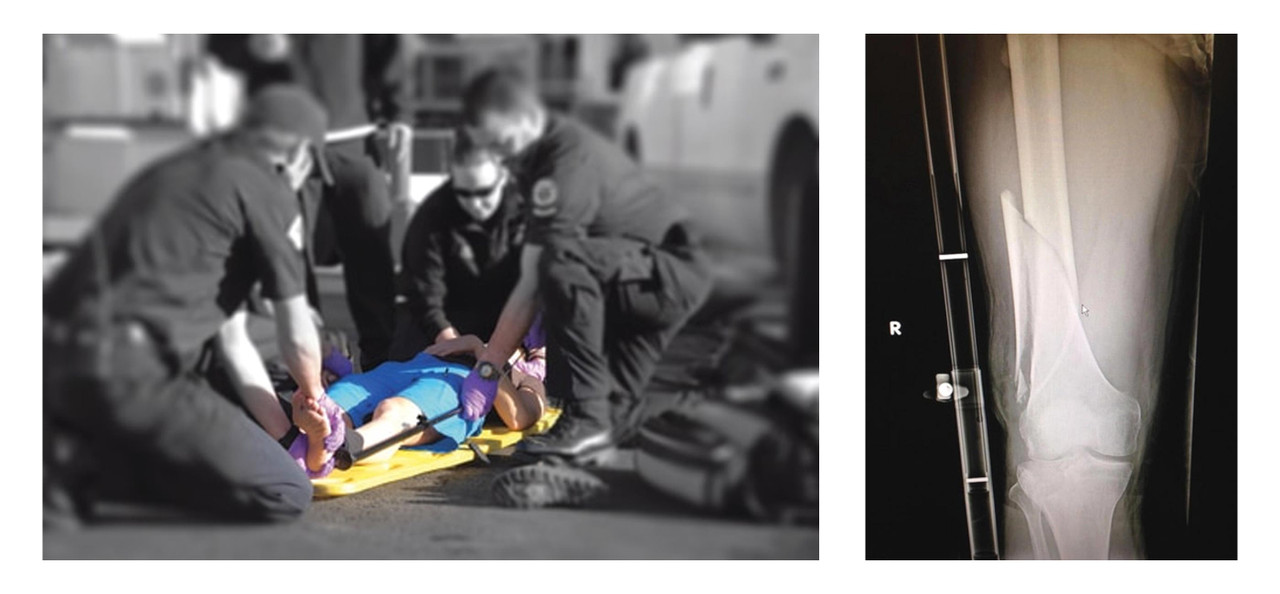Traction Splints: Everything You Need to Know
When it comes to orthopedic emergencies, few injuries demand faster attention than femur fractures. Conscious patients with fractured femurs automatically grab their thighs in an effort to splint and “auto-traction” their own legs to combat the spasm/pain cycle. Traction splints provide external scaffolding to take over the job that the femur is built to perform inside. By stabilizing and applying traction to femur fractures, there is also less risk of bleeding into the thigh. Whether stabilizing clots or traction is more important is hard to be certain. But without a doubt, liters of blood can balloon a thigh surrounding a fractured femur. As such, a fractured femur can cause life-threatening complications if not managed properly. Therefore, one of the most critical tools to care for this injury is the traction splint.
